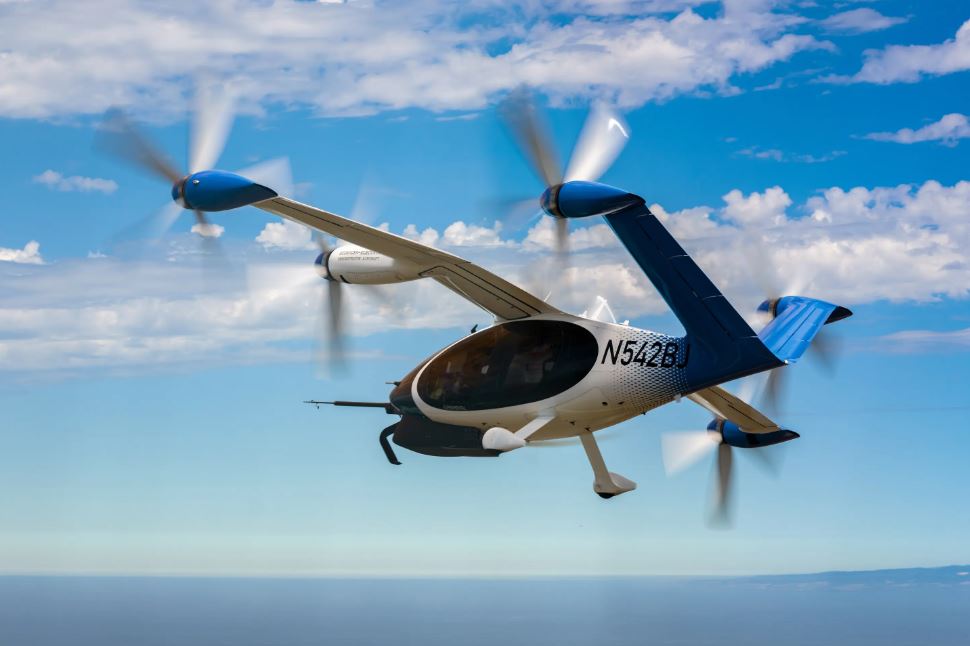Joby Aviation, a trailblazer in the aerospace industry, has announced a groundbreaking achievement: completing a 523-mile test flight of their hydrogen-powered Vertical Take-Off and Landing (VTOL) aircraft. This milestone underscores the company’s commitment to developing sustainable aviation technology.
Flight Details
The test flight, conducted under rigorous conditions, lasted several hours and covered diverse terrains. Engineers and aviation experts monitored every aspect of the flight to gather data and assess the aircraft’s performance. The 523-mile journey was a critical step in validating the reliability and endurance of the hydrogen propulsion system.
Hydrogen as Future Aviation Fuel
The aerospace industry is increasingly looking towards hydrogen as an alternative to traditional fossil fuels. Hydrogen is a cleaner energy source, producing only water as a byproduct, significantly reducing the carbon footprint of air travel. Joby Aviation’s landmark flight showcases the potential of hydrogen-powered aircraft in revolutionizing the future of transportation.
Technical Challenges and Achievements
Developing a hydrogen-powered VTOL aircraft is not without its technical challenges. Engineers must address issues related to hydrogen storage, fuel cell efficiency, and overall aircraft durability. Joby Aviation’s successful test flight demonstrates substantial progress in overcoming these hurdles, offering hope for broader adoption of this technology.
This breakthrough has far-reaching implications for the future of air travel. Hydrogen-powered aircraft promise longer flight ranges, reduced maintenance costs, and lower environmental impact than traditional aircraft. As Joby Aviation continues to refine its technology, the prospect of commercial hydrogen-powered VTOL flights becomes more tangible.





